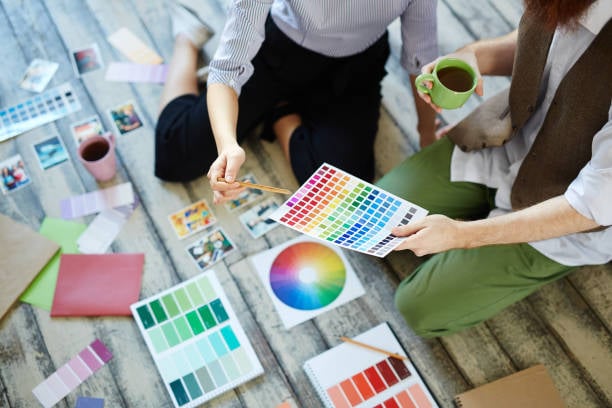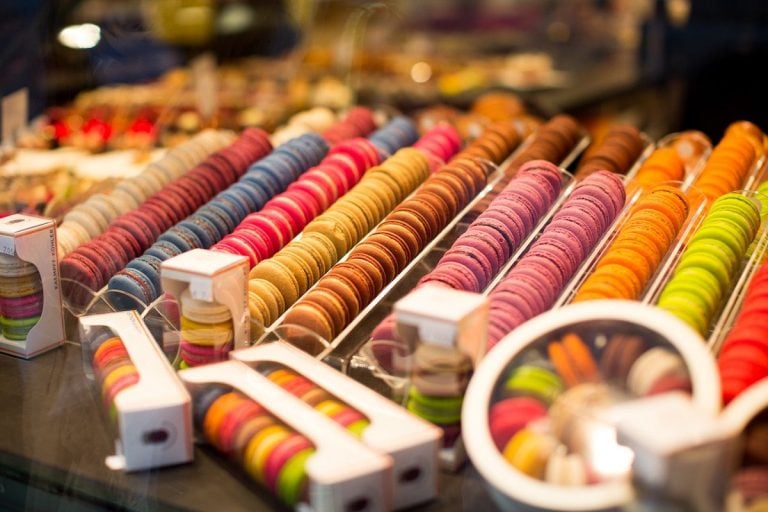Color psychology often works in subtle and unconscious ways. Many writers use the power of colors to communicate important messages and create an emotional connection with the readers. Most writing professionals know that an understated color description of color nuances in an essay or novel makes it easier for the audience to resonate with the plot of your story. This is a secret known to writing experts from the best essay services in the industry, so every time you send a request that starts with “SpeedyPaper, write my paper for me!”, you can be sure you will receive a well-structured study on the influence and the perception of color in creative writing.
However, knowing how different shades can impact your writing perspective is something that you need to be aware of before you delegate your task to essay professionals. For instance:
- Heroes are usually depicted in white, associated with purity and innocence
- Villains are often painted with dark strokes, as black is considered the color of mystery, evil, dark intentions, and intimidation
Recent Research: A 2022 study in the Journal of Experimental Psychology found that color associations in literature can significantly impact readers’ perceptions of characters and scenes, underlining the importance of thoughtful color use in writing.
There is no denying that different shades can also have different connotations:
- Red: Mostly the color of passion and romance, but too much can cause anxiety and increase the risk of panic attacks
- Green: Often used in therapists’ interiors for its soothing effect on patients
- Yellow: Commonly applied in classrooms to help students concentrate on specific tasks
Below, you will see some of the best tips that will help you use color psychology in writing.
Use Colors to Define Characters
A descriptive essay is all about appearances, emotions, feelings, and sensory experiences. By incorporating color into your descriptions, you significantly enrich the reader’s immersion, allowing them to feel as if they are present in the moment, vividly experiencing the events through the power of imagination.
You can use appearance descriptors as an indicator of your characters’ personalities:
- Your active and energetic best friend may have red hair to emphasize their restless energy
- Your mentor, always calm and composed, may wear blue as a sign of their wisdom and enlightenment
A room that you sense has hidden danger may have red elements in its decor that highlight the unsettling atmosphere and make the readers feel the unspoken tension.
Interesting Fact: Research published in the Color Research and Application journal in 2023 suggests that readers’ emotional responses to color descriptions in literature can be influenced by their cultural background, highlighting the importance of considering your audience when using color symbolism (Smith & Brown, 2023).
You can also use the descriptions of items, things, and natural surroundings that already have the colors you want without the explicit need to name them. For instance, when talking about the color of the sea or the grass, you naturally expect your readers to know the shades without having to say that the grass is green and the shade of the water is blue, turquoise, or deep green. This will also emphasize your ability to project certain images as a writer without the need to be too focused on the small details.
Use Colors to Set the Tone
You can also use colors to visualize the setting that you are in. As a part of the storytelling tools, colors can tell a story that goes beyond the ordinary narrative. For instance:
- Warm colors (red, orange, yellow) can be used to portray a lively, vibrant scene, such as:
- Discussing the sun setting down and painting the world in gold and rosy hues
- Retelling the story of visiting a marketplace where everything seemed alive with the chaotic blend of burgundy and tangerine colors
- Green can be used to depict settings that reflect the charm of nature:
- Green pastures
- Green forests
- Green tropics
You are allowed to incorporate different shades into the narrative, using synonyms for the colors you have selected.
Find Inspiration in Colors
If you need inspiration for essay writing, you can also use your surroundings as a canvas. The simple act of going outside and observing different shades of nature will help you overcome writer’s block and decide whether you need to incorporate new elements in your writing. This can include surrounding yourself with colors that promote inspiration and creativity:
- Having a study designed in yellow or orange can boost your motivation
- Using a green background can help maintain extreme focus during writing sessions
Recent Study: A 2024 paper in the Creativity Research Journal found that exposure to certain colors, particularly blue and green, can enhance creative thinking and problem-solving abilities in writers (Taylor et al., 2024).
It is known that yellow is easy on the eyes, reducing strain and helping you feel more comfortable as you settle down for writing.
Organize Thoughts with Colors
You can use different colors to make sure your home office looks cozy enough to work in. For instance:
- Blue as an element of decor will improve your ability to focus on writing tasks and even help you enhance your memory
- Yellow colors are primarily used for children to cure hyperactivity disorder, so anyone finding it increasingly hard to focus can use yellow as a part of their focus-boosting tools
- All shades of blue can create a special kind of ambiance when working on a writing project and wanting to achieve the peace of mind that will make your inspiration flow
By understanding and applying these principles of color psychology in your writing environment and your work itself, you can enhance your creativity, improve your focus, and create more engaging and immersive narratives for your readers.

